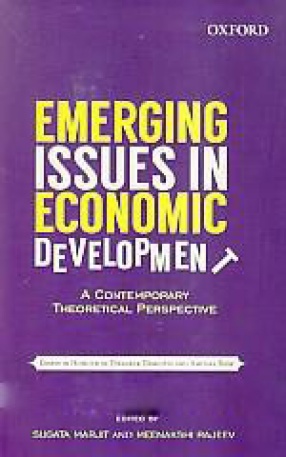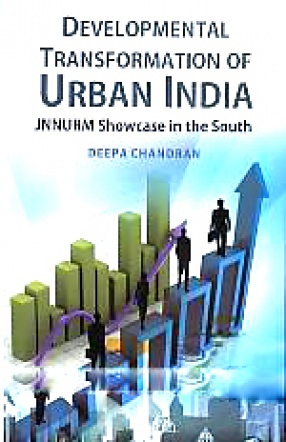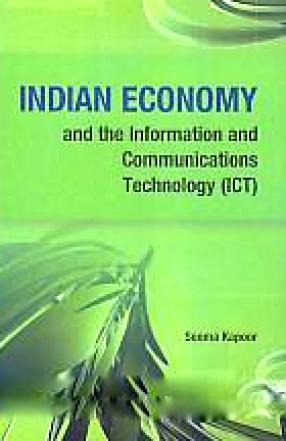Developing countries have not normally been associated with the dynamic use and development of technologies, partly because most continue to employ and reproduce technologies that are generated elsewhere. However this situation is slowly but steadily changing. Academic research about technological dynamism has also until now been restricted to the few countries described as Asian tigers and cubs. Much of that discussion has revolved around macro-economic studies of growth which risk failing to identify specific instances of technological dynamism in these and other countries. This book employs an refreshingly new framework to identify cases of technological dynamism across a range of countries and industries. They vary from the recent growth of the computer software industry in India to the aircraft industry in Brazil. They touch upon technological dynamism in manufacturing and service oriented industries, and they consider how the effect of clustering, or the geographic agglomeration of firms engaged in the production of related and complementary items, can make sectors more dynamic. The papers in this book were initially presented at a conference organized by the United Nations University Institute for New Technologies (UNU-INTECH) in the Netherlands. The Dutch research School for Resource Studies for Development (CERES) and the European Association for Development Research and Training Institute (EADI) both sponsored the conference. Innovation, learning and technological dynamism of developing countries is a valuable text for scholars and students on the theory and practice of economics of technological change in developing countries. It is also a unique resource for governments, NGOs, financial institutions and multilateral agencies interested in the practicalities and promoting technological progress in manufacturing and service industries.
Innovation, Learning, and Technological Dynamism of Developing Countries
In stock
Free & Quick Delivery Worldwide
reviews
Bibliographic information
Title
Innovation, Learning, and Technological Dynamism of Developing Countries
Author
Edition
1st ed.
Publisher
ISBN
8185040923
Length
xvii+242p., Figures; Tables.
Subjects





There are no reviews yet.